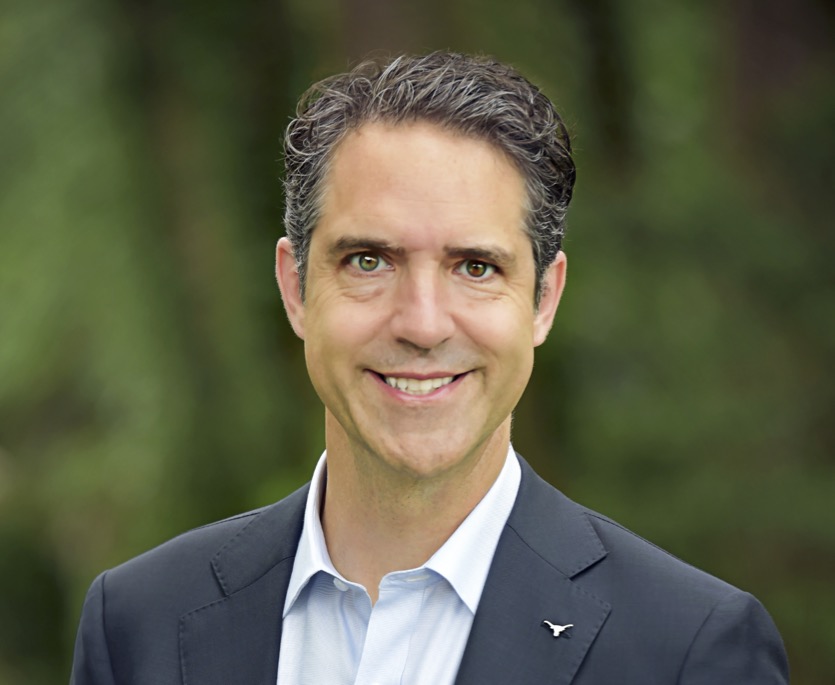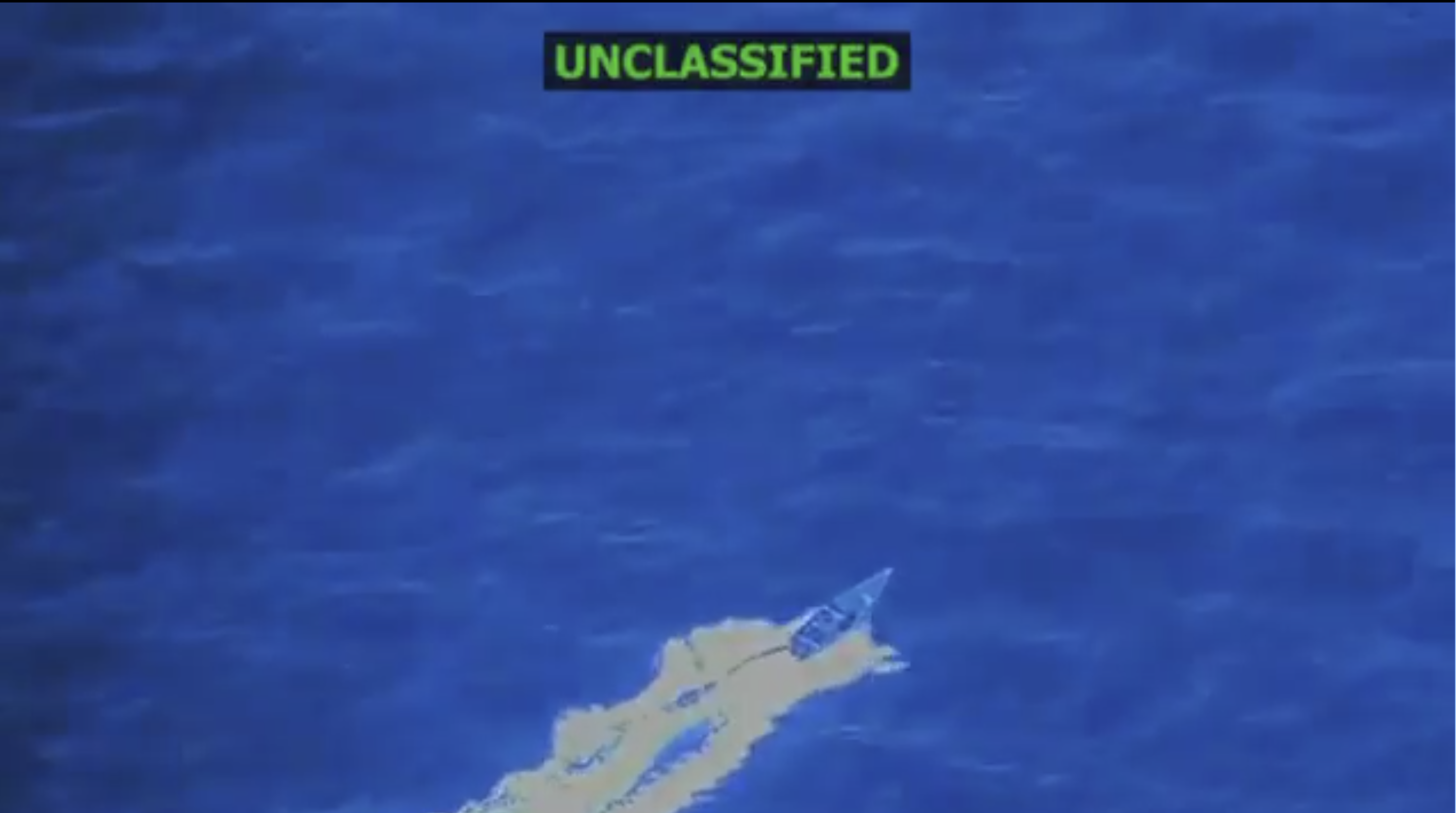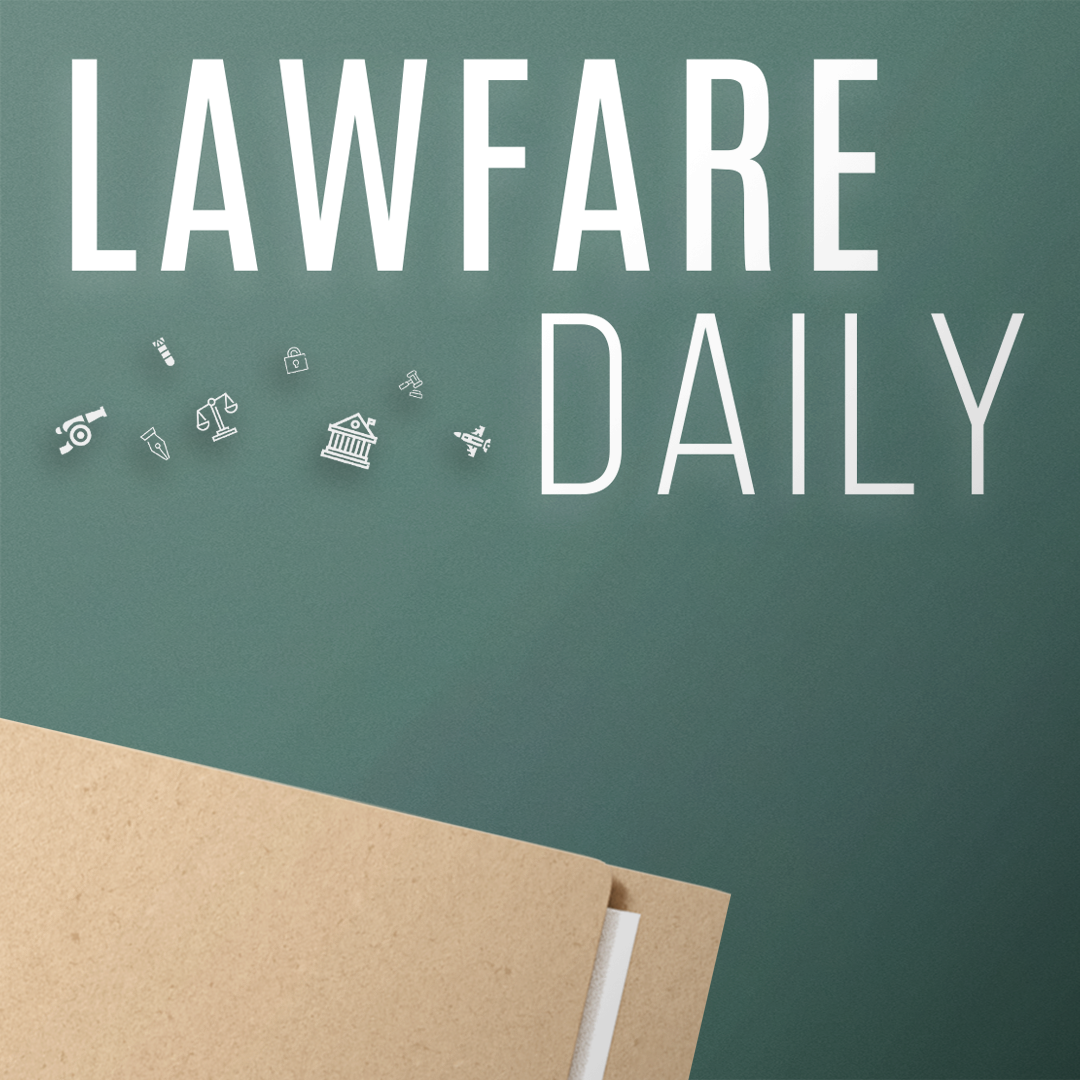Warrick on the CIA's War (III): Against Which Groups Are We Fighting?
Another interesting legal issue touched upon in Joby Warrick's The Triple Agent concerns the difficulty of defining the set of groups or networks against which force lawfully may be used. This issue has several dimensions. One concerns the difficulty of defining the institutional boundaries of "al Qaeda," including the question of how close another entity or network must be to "core" al Qaeda in order to be treated as coextensive or part-and-parcel of al Qaeda (let's call this the "what counts as al Qaeda" question). Another concerns the task of identifying which distinct groups or
Published by The Lawfare Institute
in Cooperation With

Another interesting legal issue touched upon in Joby Warrick's The Triple Agent concerns the difficulty of defining the set of groups or networks against which force lawfully may be used. This issue has several dimensions. One concerns the difficulty of defining the institutional boundaries of "al Qaeda," including the question of how close another entity or network must be to "core" al Qaeda in order to be treated as coextensive or part-and-parcel of al Qaeda (let's call this the "what counts as al Qaeda" question). Another concerns the task of identifying which distinct groups or entities nonetheless may lawfully be the object of force, whether on a co-belligerent theory or simply on their own merits (let's call this the "who else is an enemy" question).
On the "what counts as al Qaeda" question: This isn't a central issue in the narrative, really, but there is a passage that could be useful for teaching purposes:
While living in Istanbul as a student, [Balawi] had attended meetings of the Islami Buyukdogu Akincilar-Cephesi [IBDA-C], or Great Eastern Islamic Raiders' Front, a group that claims kinship with al-Qaeda and advocates the overthrow of secular governments in the Middle East.... Turkish police have credited the IDBA-C with several spectacular terrorist attacks, including bombings of two synagogues in Istanbul in 2003 that killed twenty-four people. (p.52)You here a lot (including on this blog) about whether it makes sense to treat various franchises and quasi-franchises of al Qaeda as part-and-parcel of al Qaeda for legal purposes, usually with a focus on AQAP, AQIM, al Shabab, or AQI. One rarely hears the same question asked as to IBDA-C. My very rough sense is that IBDA-C obviously has a very similar ideo-theological orientation, but it is far from clear (based on the public record) that it shares more than this with al Qaeda as such. If I were in class making the point that various groups have varying degrees of connection to al Qaeda, I might use IBDA-C to illustrate a like-minded-but-unattached entity, with al Shabab having closer ties to al Qaeda in comparison, and AQAP having much closer ties. Incidentally, I don't take Warrick to be suggesting anything inconsistent with this analysis, since he uses the fuzzy word "kinship" rather than something more strongly suggestive of affiliation. [UPDATE: I want to make clear that Warrick nowhere suggests that the US government conceives of IBDA-C as part of al Qaeda or that it has targeted IBDA-C members or associates. Sorry if I gave that impression! My point here is solely that this paragraph is a useful teaching tool for thinking carefully about what "al Qaeda" means."] As to the "who else is an enemy question": here the book is much more focused, for big chunks of the narrative draw attention to the distinctive status of the Pakistani Taliban (Tehrik-i-Taliban Pakistan, or TTP). Warrick indicates that: the TTP originally were deemed to be Pakistan's problem, as they focused their violence against the Pakistani state, did not have significant involvement in projecting force into Afghanistan, and did not otherwise appear to pose a direct threat to US national security. But this began to change when intelligence suggested that the TTP might have acquired a radiological (dirty) bomb. At that point, targeting the TTP leader Baitullah Mehsud became a priority (one that Pakistan's government was more than happy to support). (p.71, provides a nice summary of all this). From a legal perspective, the interesting thing about that account is that it is somewhat hard to square the targeting decision with a claim of AUMF-based authority (thought not impossible). It is hard to do that because, according to Warrick's narrative, the TTP was not participating as a co-belligerent in the fight in Afghanistan (in contrast, say, to the Haqqani Network), and could not properly be described as part-and-parcel of al Qaeda. The domestic legal basis for using force against the TTP at that point, in short, would have to have been either that TTP (by acquiring a dirty bomb with an intent to use it against a Western target) had become al Qaeda's co-belligerent under the AUMF based on a pretty sweeping theory (i.e., by taking up a similar goal of projecting force against the "far enemy"), or that pursuant to Article II the executive branch remains (as always) willing to use lethal force on its own authority in order to preempt a relativley imminent threat to national security (which a dirty bomb scenario could support). Or of course there could be more to the intelligence picture than we know from the public record, enough to show TTP was in fact getting involved in Afghanistan for example.
Robert (Bobby) Chesney is the Dean of the University of Texas School of Law, where he also holds the James A. Baker III Chair in the Rule of Law and World Affairs at UT. He is known internationally for his scholarship relating both to cybersecurity and national security. He is a co-founder of Lawfare, the nation’s leading online source for analysis of national security legal issues, and he co-hosts the popular show The National Security Law Podcast.



.jpg?sfvrsn=5a43131e_9)

